Paperbark Cicada (species complex)
Telmapsalta hackeri (Distant, 1915)
© Popple Creative Industries 2014–2025
Male
Female
Previously known as Cicadetta
hackeri.
Species number (TNS):
247.
Fore wing length:
16–24 mm.
Distribution and seasonality:
Eastern Australia from Cape
York Peninsula south to near
Georgetown and from
Bundaberg in south-east
Queensland south to northern
Sydney in New South Wales.
Present from August to May, with
occasional records in June and
July.
Notable localities:
Magela Creek (Kakadu; M.
Upton), 1.9 km south-east of
Pennefather River camp (A.
Ewart), Venture Creek (Simon
lab), Caloundra, Belmont
(Brisbane), Gosford.
Habitat:
Almost always found in
association with Paperbark
(Melaleuca quinquenervia) trees,
which grow in swampy
conditions.
Species complex includes:
Eastern Paperbark Cicada
(TNS: 247): Coastal eastern
Australia from Bundaberg south
to northern Sydney.
Cape York Paperbark Cicada
(TNS: 248): Localised
distribution from Cape York
Peninsula south to near
Georgetown.
Top End Paperbark Cicada
(TNS: 638): Currently known
only from near Jabiru in Kakadu
National Park.
Calling song and behaviour:
Repeated "ziiiiit, ziiiiit" phrases
rather like a person running their
fingers swiftly over the pages of
a book (Eastern Paperbark
Cicada) or brief chirps each
comprising 2–4 individual clicks
(Cape York Paperbark Cicada).
The call of Top End Paperbark
Cicada is unknown. In the case
of Eastern Paperbark Cicada, at
dusk the song is drawn out into a
continuous rattle that lasts up
until nightfall. This species is
common in suburban Brisbane
and gardens in other coastal
towns; uncommon in Sydney. In
this species complex, adults are
mostly sedentary and
camouflage effectively on
paperbarks.
Similar species:
Wallum Sedge-clicker.
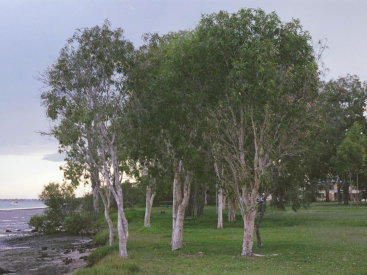
Habitat


dr-pop.net database record:
Currently known extent



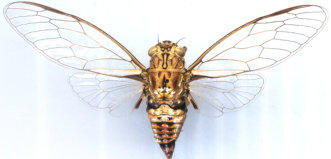
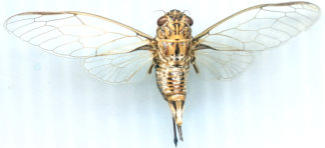
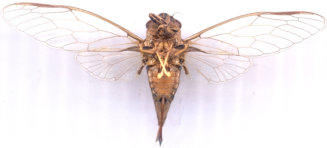
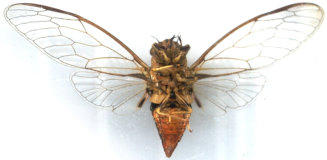
Eastern Paperbark Cicada
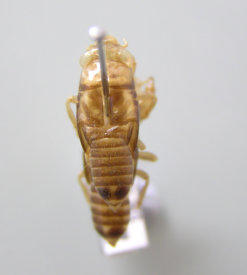
Top End Paperbark Cicada
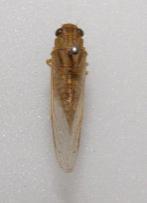

Eastern Paperbark Cicada
Top End Paperbark Cicada
Female
